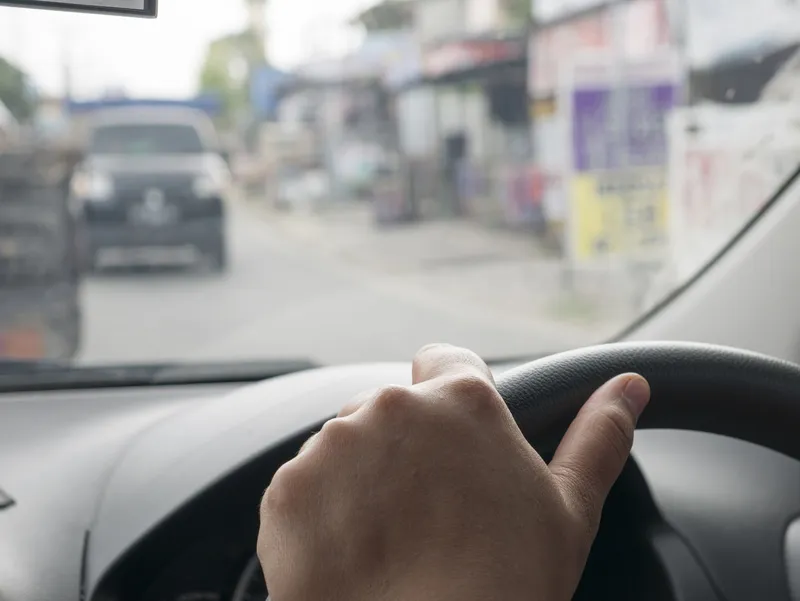
French virtual prototyping solutions provider
The latest release of Pro-SiVIC, version 2016, addresses sensor specialists and advanced driver assistance systems (ADAS) designers, integration and validation teams by integrating key sensor models based on a wide range of technologies: cameras, radar, LiDAR, ultrasonic sensors, GPS, odometer and communication devices.
Pro-SiVIC provides a range of environment scenarios that supply representation of various types of roads such as urban and highways, various traffic signs and lane markings. It also introduces new radar sensor models, covering not only their functional aspect but offering fully detailed modelling that includes antenna characteristics and their impact on performance, on-board processing and the characteristics of radar targets (such as radar cross-sections).







